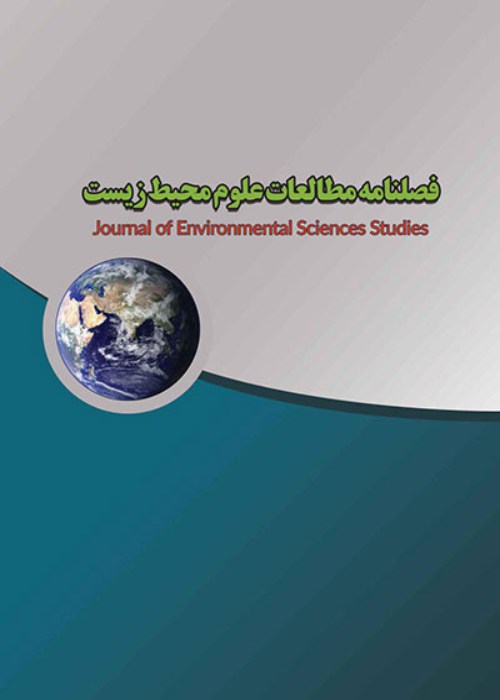Evaluation of Watershed Scale Forest Ecosystem Health by Remote Sensing and Forest Health Monitoring (FHM) Method
A healthy forest ecosystem is essential to provide a wide range of environmental, social, and economic services. To evaluate forest health level, it is necessary to quantify ecosystem conditions using a variety of indicators. In this study, a combination of six indices: NDVI, EVI, SAVI, NDWI, ARI1, and CRI1 were used to derive the forest health condition map around Shenroud watershed, Siahkal using Landsat 8 OLI image of 2021 and ENVI Forest Health Tool. We evaluated the forest health with five grades (A; very good to E; very poor). Forest health data validation in various forest types in the study area is conducted via field crosscheck and assessment regarding the forest health level using 40 sample plots and FHM (Forest Health Monitoring) method. In this work, based on the multiple linear regression model of the effect of vegetation indices in forest health assessment, the NDVI vegetation index with an R2 value of 0.77 has the highest effect on the forest health level in the watershed, which shows the greenness level and the density level of forest stands. The results of the analysis show that most of the forests in the study area were moderately healthy. 19.4% of the forest areas were classified as “Healthy”, 56.8% as “Moderately healthy”, and 23.8% as “Unhealthy”. Furthermore, different forest types in the study area have different percentages of healthy forests. Plantations, especially broadleaf plantation, has the largest forest area in unhealthy conditions (weak and very weak) (approximately 33%). In contrast, natural forests, including mixed broadleaf forest and beech forest, have the largest forest area in healthy conditions (very good and good) (approximately 21%). In general, the current state of the ecosystem in the study area is mainly in middle health, which is a result of long-term deforestation, soil erosion, and inappropriate human exploitation. Our RS-based health diagnosis of the area was consistent with field survey results. The process could be very useful in mapping the health conditions of the forests of the country accurately. It is suggested to study the spatial and temporal variation of forest health in the watershed under future climate change.
- حق عضویت دریافتی صرف حمایت از نشریات عضو و نگهداری، تکمیل و توسعه مگیران میشود.
- پرداخت حق اشتراک و دانلود مقالات اجازه بازنشر آن در سایر رسانههای چاپی و دیجیتال را به کاربر نمیدهد.


